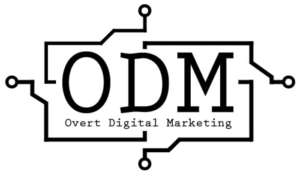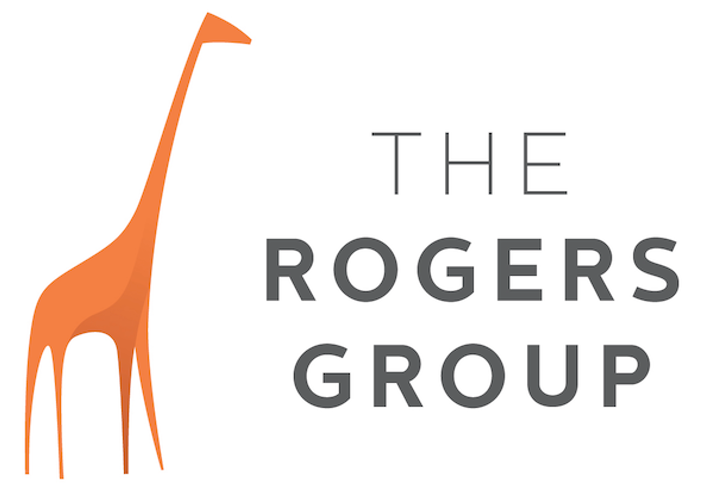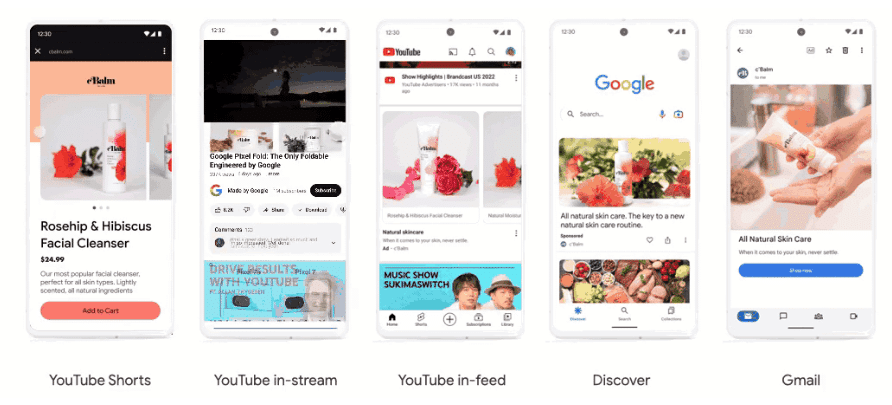Personalisation in marketing refers to the customisation of marketing efforts to the individual needs and preferences of the customer. This approach has become increasingly popular in recent years. Advances in technology have made it easier to collect and analyse data on customer behaviour and preferences. This is becoming more and more import for Digital Marketing as companies like Google and Apple put more focus on first party data and less focus on cookies.
One of the key benefits of personalisation is that it allows companies to build stronger, more meaningful relationships with their customers. By understanding and catering to the unique needs and preferences of each customer, companies can create a more personalised and satisfying experience for the customer. This can lead to increased customer loyalty and repeat business.
Personalisation can take many forms, including personalised content, personalised product recommendations, and personalised communications. Personalised content refers to the creation of content tailored to the interests and needs of a specific customer or group of customers. This can include things like blog posts, articles, and videos that are created with a specific customer or group of customers in mind.
Personalised Products
Personalised product recommendations refer to the use of data on customer behaviour and preferences to make personalised product recommendations to individual customers. For example, an online retailer might use data on a customer’s browsing and purchasing history to recommend products that the customer is more likely to be interested in.
Personalised Communication
Personalised communications refer to the use of data on customer behaviour and preferences to create personalised marketing messages and communications. This can include things like email campaigns, text messages, and social media posts that are tailored to the interests and needs of a specific customer or group of customers.
Data Collection
One important aspect of personalisation is data collection. In order to personalise marketing efforts, companies must first collect data on customer behaviour and preferences. This can include things like browsing and purchasing history, demographic information, and social media activity.
Once data has been collected, it can be analysed to gain insights into customer behaviour and preferences. This can help companies understand things like which products or services are most popular with certain groups of customers, or which customers are most likely to respond to certain types of marketing messages.
Companies can then use these insights to create personalised marketing campaigns and strategies. For example, a company might use data on a customer’s browsing and purchasing history to create personalised product recommendations or use data on a customer’s social media activity to create personalised social media posts.
Customer Experience
Personalisation can also be used to improve the overall customer experience. For example, an e-commerce website could use data on a customer’s browsing history to create a personalised homepage with products that the customer is most likely to be interested in. Similarly, a company could use data on a customer’s location to create personalised store recommendations or offers.
There are many benefits to personalisation in marketing, including increased customer loyalty and repeat business, improved customer experience, and higher conversion rates. However, it is important to remember that personalisation is not a one-size-fits-all solution. Companies must be careful to strike the right balance between personalisation and privacy, and must ensure that they are using data ethically and in compliance with relevant regulations.
Additionally, it is important for companies to ensure that their personalisation efforts are aligned with their overall business goals and strategy. Personalisation should not be implemented just for the sake of doing it, but rather as a means to achieve specific business objectives.
Non Invasive
Another important consideration for companies is to make sure that their personalisation efforts are not too invasive. Customers may not appreciate overly personalised messages or offers that feel too personal. It is important to strike a balance between personalisation and respecting the customer’s privacy.
Using Technology
One of the most important ways to achieve personalisation is through the use of technology. There are many different personalisation tools and platforms available, including customer data platforms, marketing automation software, and artificial intelligence. These tools can help companies collect, analyse, and act on customer data to create personalised experiences.
Segmentation
Another way to achieve personalisation is through segmentation. Segmentation is the process of dividing a larger customer base into smaller groups based on specific characteristics or behaviours. By segmenting customers, companies can create more targeted and effective marketing campaigns and offers.
In the future, personalisation will become even more important as technology continues to advance. The use of artificial intelligence and machine learning will make it easier for companies to collect and analyse customer data, and to create personalised experiences in real-time. Companies will also be able to use virtual and augmented reality to create immersive and personalised experiences for customers.
In conclusion, personalisation is a powerful tool for building stronger, more meaningful relationships with customers. By understanding and catering to the unique needs and preferences of each customer, companies can create a more personalised and satisfying experience for the customer. However, it is important to strike the right balance between personalisation and privacy, and to ensure that personalisation efforts are aligned with your overall business goals and strategy. Technology and segmentation are important tools for achieving personalisation, and in the future, the use of AI and VR will make it easier for companies to create personalised experiences in real-time.
By Manesh Ram, Digital Marketing Specialist. Please follow @maneshram & Meta









